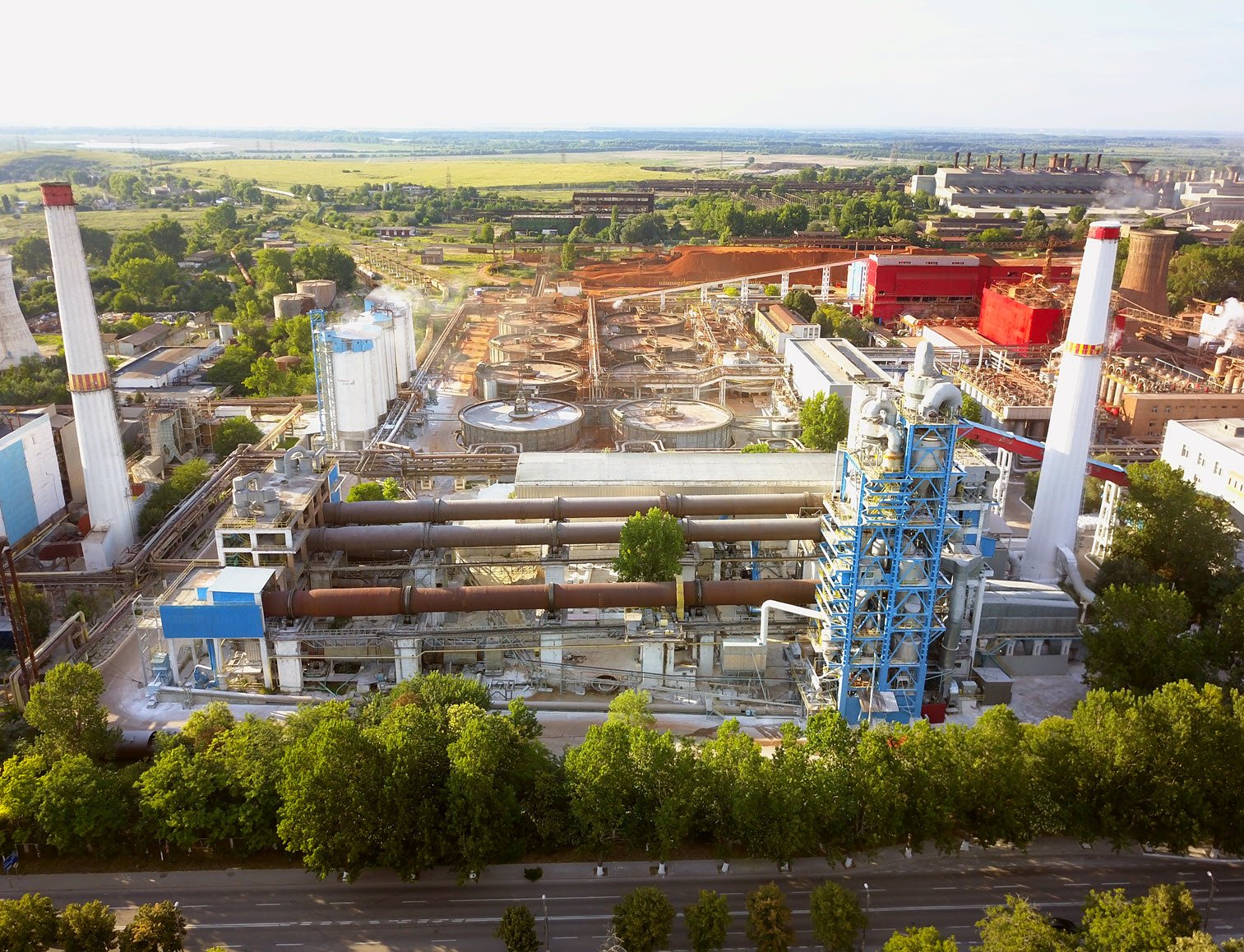On 23 May, Narendra Modi secured a second mandate as Prime Minister. The result signals broad continuity for the macroeconomic outlook.
In the near term, we expect continued support for farmers to boost rural consumption and further out we see more fiscal easing. That said, long-standing challenges remain and will continue to hold back India from reaching its full potential.
Election results: landslide victory for Modi and his allies
The National Democratic Alliance (NDA) gained control of the Lok Sabha (lower House of the Indian Parliament), winning over 350 of the 542 seats. The Bharatiya Janata Party (BJP), the biggest coalition partner of the NDA, secured a single party majority with over 300 seats, improving on its 2014 record.
India outlook broadly unchanged
India is currently the fastest growing major economy in the world, expanding at around 7% each year, with downside risks for the current year. We expect growth to continue around these levels in the coming two years.
We expect the February interim budget to be extended to the full budget year. Income support to farmers will boost rural consumption, with 120 million small farmers eligible to receive INR 6,000 per year (initial instalments have already been dispatched).
A fiscal deficit target of 3.4% for FY2020 is unlikely to be met given tax receipts for FY2019 has been lower than expected. Despite this limited fiscal space, we see upside risks to our forecasts coming from continued public spending in infrastructure such as roads.
Long standing challenges around economic reform remain
Adequately addressing financial sector woes is a challenge. Accommodative central bank interest rates have not fully passed through to lower bank lending rates, partly because banks carry a high level of non-performing assets on their balance sheet (at above 10%, this is second highest rate in the world). And non-banking financial companies have been hit by a credit crunch. These forces have weighed on private consumption and investment and will continue to if not addressed comprehensively.
Lacklustre infrastructure is unlikely to improve much without land reforms, which would also benefit the agricultural and industrial sectors, as pointed out by the IMF.
Despite the lack of official data, other indicators suggest that unemployment has been rising and thus is a key issue for the new government. India needs to create around 11 million jobs per year to absorb the young and growing labour force.
Modi has a strong mandate to deliver reforms
Modi’s victory signals near term stability for government policies and economic growth in coming years. We will continue to monitor this closely as we have more clarity on the cabinet and key objectives set out by the current government. Bold reforms are needed to address some of India’s long-standing challenges, and it surely looks like Modi and his allies have a strong electoral mandate to deliver them.














